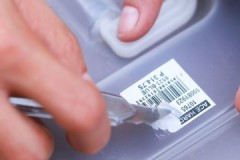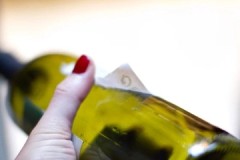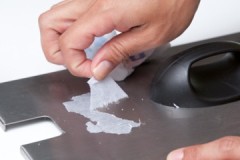Ways and means how to remove glue from furniture and not spoil it
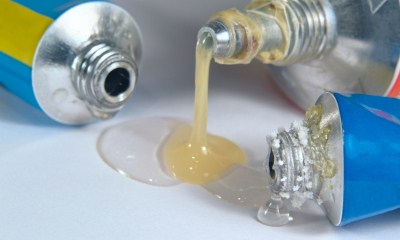 Furniture soiled with glue needs cleaning. To choose the right product, you need to consider what material it is made of. Depending on this, a suitable composition is selected.
Furniture soiled with glue needs cleaning. To choose the right product, you need to consider what material it is made of. Depending on this, a suitable composition is selected.
How quickly and efficiently remove the glue with wooden, plastic, metal and other furniture, read the article.
Content
What can be used to wipe off various surfaces?
Furniture can be made of wood or plastic, covered with fabric or leather. Depending on the surface on which the glue has gotten, the methods for removing it will differ. This is a fundamental point that cannot be ignored.
Wooden
It is possible to remove traces of glue from wooden furniture. Moment or Superglue can be removed by heating the contaminated surface. This requires a hair dryer and a plastic spatula.
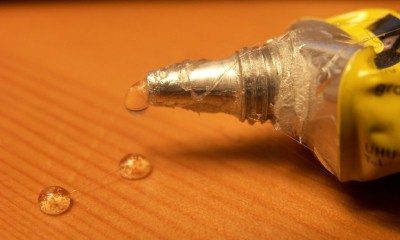 Procedure:
Procedure:
- Connect the device to the network.
- Select minimum or medium power.
- Bring the hair dryer to the spot and apply a warm stream of air to it. The distance to the furniture should not be less than 5 cm.
- When the stain is soft, scrape it off with a plastic spatula.
You can remove the adhesive with a solvent. Dimexide is a safe and potent drug. This pharmaceutical preparation is applied to a cotton pad, which is used to treat the surface until it is completely cleaned.
Despite the fact that the composition is used for medicinal purposes, undiluted it is able to dissolve even the most persistent stains. therefore use it only with gloves.
Wood can withstand most solvents, but it is not recommended to clean it with abrasive materials, for example, do not rub it with sandpaper or an iron brush. With such processing, the coating will be removed along with the glue and the furniture will become unusable.
To get rid of PVA or office glue, you can use plain warm water and a rag. If the composition is more aggressive (silicate glue, liquid nails, Titanium), use "Thinner 647".
Metal
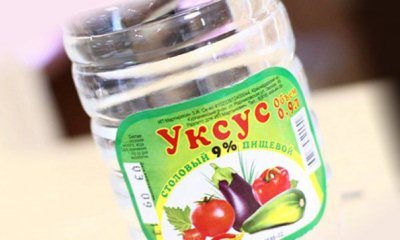 Metal furniture is less sensitive to aggressive substances. Therefore, to remove Superglue it can be processed with such compositions as:
Metal furniture is less sensitive to aggressive substances. Therefore, to remove Superglue it can be processed with such compositions as:
- acetone and products based on it;
- petrol;
- vinegar essence.
These compositions are used according to a single scheme:
- Apply the chosen product to the stain.
- Leave to act for 15-30 minutes.
- The softened composition is cleaned with a scraper, treated with a cotton pad dipped in a solvent.
- Rinse the surface with water.
If there is a concern that the selected substance may harm furniture, it should be tested in an inconspicuous area.
Water-soluble glue stains are removed with soapy water. Stubborn compounds, such as Moment or hot glue, are thermally removed.
the cloth
The fabric used to decorate furniture is highly durable, so it can withstand exposure to many chemical compounds.
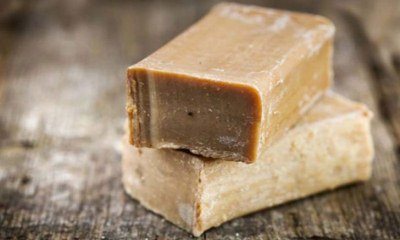 Remove the glue from it it is possible using such means as:
Remove the glue from it it is possible using such means as:
- Laundry soap.
- Soda.
- Vodka.
Rub the stain with vodka until it disappears completely, applying it to a cotton pad or gauze folded in several layers.
Laundry soap and soda are diluted with a small amount of warm water... The gruel is spread on the spot, left for 30-60 minutes, after which the remnants of the glue are removed with a clean, damp cloth.
Traces from labels, from PVA or stationery glue can be removed with warm water. If the cover is removed from the furniture, it is washed by hand or in a typewriter, or treated with boiling water.
Do not use aggressive compounds such as acetone or paint thinner on the fabric. Even if they do not damage the material itself, there will be burnt white spots on it. It is not recommended to use vegetable oil, as it will leave a greasy mark on the surface of the furniture.
Leather
Leather is a delicate material. It may not withstand contact with caustic compounds, therefore, to remove the glue use the following means:
- nail polish remover;
- gasoline for refueling lighters;
- vegetable oil.
After removing all visible traces, the leather is treated with a clean, damp cloth. The skin does not tolerate contact with caustic compounds, for example:
- undiluted acetone,
- acids,
- vinegar essence.
The surface should not be rubbed with hard objects or abrasives... Scratches will instantly appear on it.
Plastic
You can remove the glue from plastic furniture using White Spirit. It will dissolve the hardened base without harming the main surface.
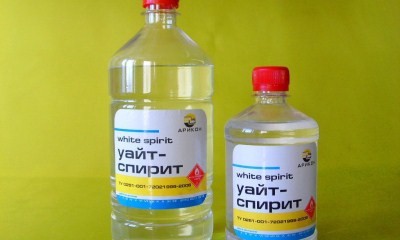 Mode of application:
Mode of application:
- Moisten a cotton pad.
- Wipe the surface with it until the glue is completely removed.
- If the layer cannot be cleaned, the stain is soaked, leaving the cotton as a compress.
- After 20-30 minutes, proceed to the final stripping. If necessary, use a plastic spatula to scrub off the remains of the softened glue.
If the stain was placed recently, and the glue has not had time to "set", you can deal with it with alcohol. Mode of application:
- Apply alcohol to a cotton pad.
- Apply it to the stain for 10 minutes. You do not need to remove the cotton wool so that the alcohol does not evaporate.
- Soak the swab in alcohol again and wipe off the glue.
After finishing the treatment, wipe the plastic surface with a clean, damp cloth.
It will not be possible to get rid of Superglue with the help of less aggressive compounds, as it adheres firmly to the surface. It is not recommended to heat plastic furniture, as it is easily deformed.
To remove stains from PVA, stationery glue and traces of scotch tape, use a soap solution, vegetable oil, nail polish remover.
You can find out how to remove super glue from plastic herethan to wipe away the traces of the stickers - here.
Specialized formulations
On sale you can find special formulations designed to remove glue from furniture.
Super Moment Anticlea
The leader is "Super Moment Antiklay". It is used as follows:
- apply the agent on the spot;
- cover it with a paper napkin;
- leave to act for 10-12 hours;
- remove with a soft cloth.
The gel is squeezed out through a small opening, so it is convenient to apply it. It does not spread over the surface. The cost of Anticlea is about 100 rubles, so it is available for purchase for most people.
The main disadvantage of the product is its small volume, which is 5 g. To clean a large surface, you will need to purchase several packages at once.
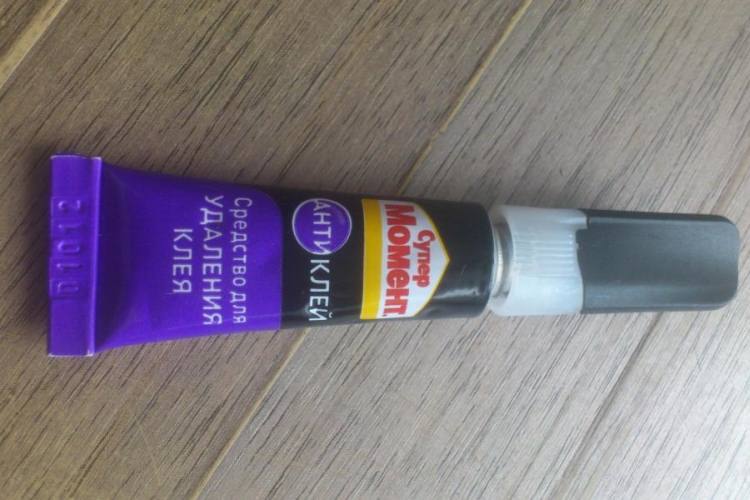
Mellerud
The second place among the formulations developed for removing glue is Mellerud liquid. Instructions for use:
- Moisten a cloth with the solution.
- Treat the contaminated surface.
- Leave on for 5-15 minutes.
- Remove traces of glue.
With repeated contact with the skin, Mellerud may cause it to crack.
The only drawback is the high price. You will have to pay 390 rubles for a 250 ml bottle.
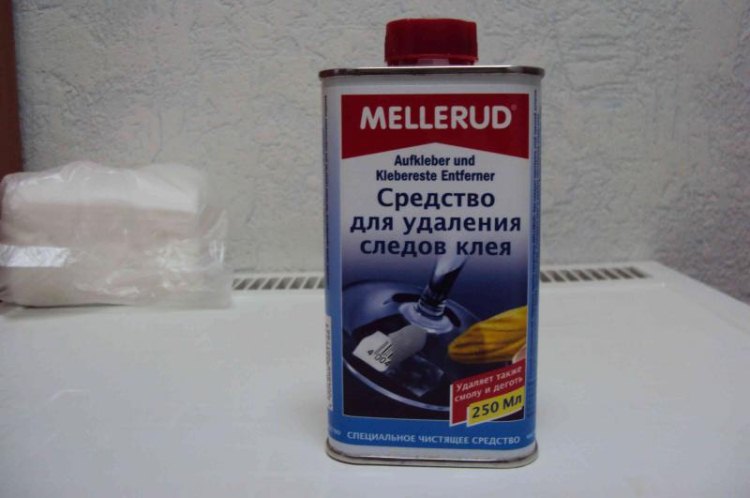
KUDO
Closes the top three with "KUDO: Glue Trace Remover". Instructions for use:
- shake the can vigorously;
- spray the composition onto the surface to be treated;
- leave for 30-40 minutes;
- remove the agent with a dry cloth.
The spray is evenly distributed, it is convenient to apply, as it is equipped with a spray, which eliminates contact with the skin of the hands. The composition has a pleasant smell. The spray costs about 370 rubles (the volume of the bottle is 400 ml).
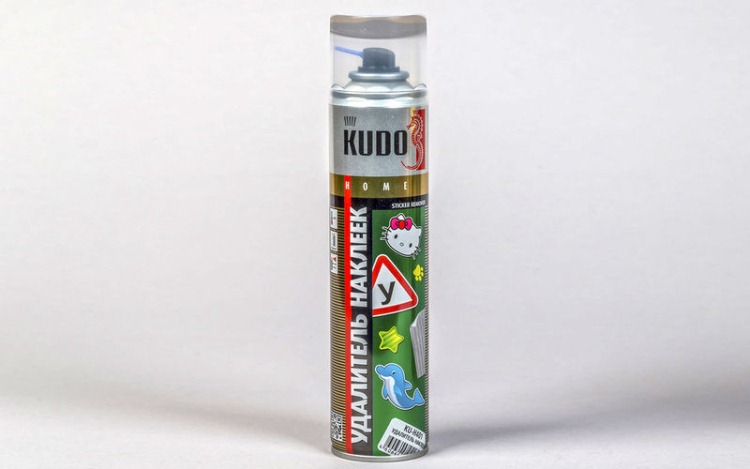
How do I remove different types of adhesives?
The easiest way to remove silicate (stationery) glue and PVA. You can remove sticky marks with soapy water.
With resistant compounds (Moment, silicate glue, Superglue, Second, hot melt glue, Titanium) the following substances can handle:
- Petrol.
- White Spirit.
- Acetic acid.
- Solvent 647.
- Alcohol.
- Acetone.
Professional cleaners can be used to remove any type of adhesive.
Helpful information
To clean furniture from glue efficiently and without consequences, the following tips should be taken into account:
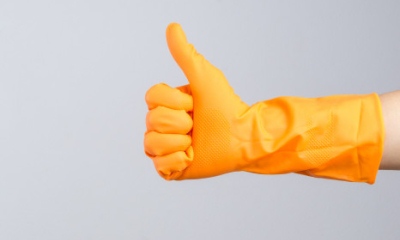 The softened glue is removed only with plastic or wooden tools at hand. Metal objects are not suitable for this, as they leave behind scratches.
The softened glue is removed only with plastic or wooden tools at hand. Metal objects are not suitable for this, as they leave behind scratches.- Gloves are used to protect the skin of the hands.
- Do not overexpose the compounds on the surface for longer than the specified time.
- After cleaning, the furniture should be wiped with a clean, damp cloth.
Conclusion
It is not difficult to get rid of glue marks on furniture if you choose the right product. It depends on the type of surface to be treated, as well as on the type of adhesive. The stronger and more effective it is, the more aggressive the substance must be to remove it.

